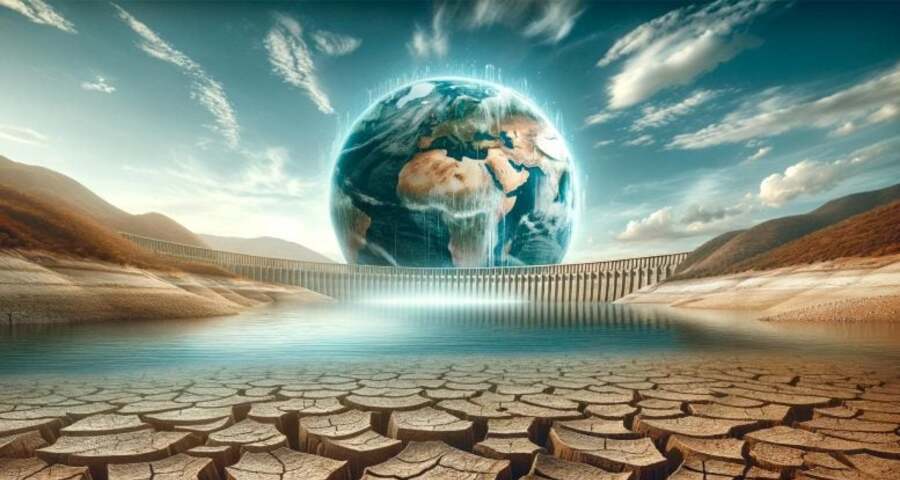Ecologists point out that there has been an increase in the duration and severity of hydrological droughts in various parts of the world in recent years. Accurate forecasts are needed to prevent the consequences of such climate crises. To this end, American scientists have modeled various options for the development of drought until 2100.
The authors of the new study used a plotting approach to determine the most likely occurrence of drought in the future. Unlike classical methods for predicting climate changes, it takes into account physical processes that occur at the junction of the water surface, land and atmosphere.
A hydrological drought occurs when water supplies in sources such as lakes and reservoirs fall below the threshold level required to support life in the area.
“We use a blueprint approach to evaluate three features of drought-induced climate change affecting water resources: increased frequency of multiyear droughts, increased drought severity, and seasonal changes in drought timing and changes in surface rainwater runoff,” the scientists wrote. his job
As a result, the researchers identified five possible scenarios for droughts to occur in different parts of the planet, depending on the amount of greenhouse gas emissions into the atmosphere. At high emissions levels, surface water runoff is likely to be reduced by 62% and multi-year droughts will become significantly more frequent.
If greenhouse gas emissions are slightly less than in the first option, the frequency of droughts may not change, but their intensity will increase: it will be much more difficult for people, animals and plants to withstand such periods.
In a more positive scenario, no change in water flow is expected, but seasonal variations in moisture deficit will change. This option is most likely for northern latitudes. In the fourth scenario, there will be no change in surface water flow, but droughts will still occur more frequently, although less frequently than in the first scenario.
The most positive scenario is expected to significantly reduce humanity’s emissions of carbon dioxide into the atmosphere. Then the flow of rainwater over land will be greater than now, but the timing of seasonal droughts will still change. The results of this research will make it possible to predict changes in the Earth’s climate, thus preparing for them or trying to prevent them, for example, by reducing the amount of harmful emissions into the atmosphere, water and soil.
It should be noted that all of the above scenarios are formulated based on simulations and not empirical data. They show a different picture: The number and severity of droughts have not changed during the period of global warming. At best, hydrological droughts have not occurred in the past during periods of the same high CO2 levels when emissions are predicted to be highest in 2100. By contrast, 120,000 years ago, when it was as warm as it was at the end of the century, the area of freshwater bodies on Earth was much larger. The scientific article was published in the journal Advancing Earth and Space Science.













